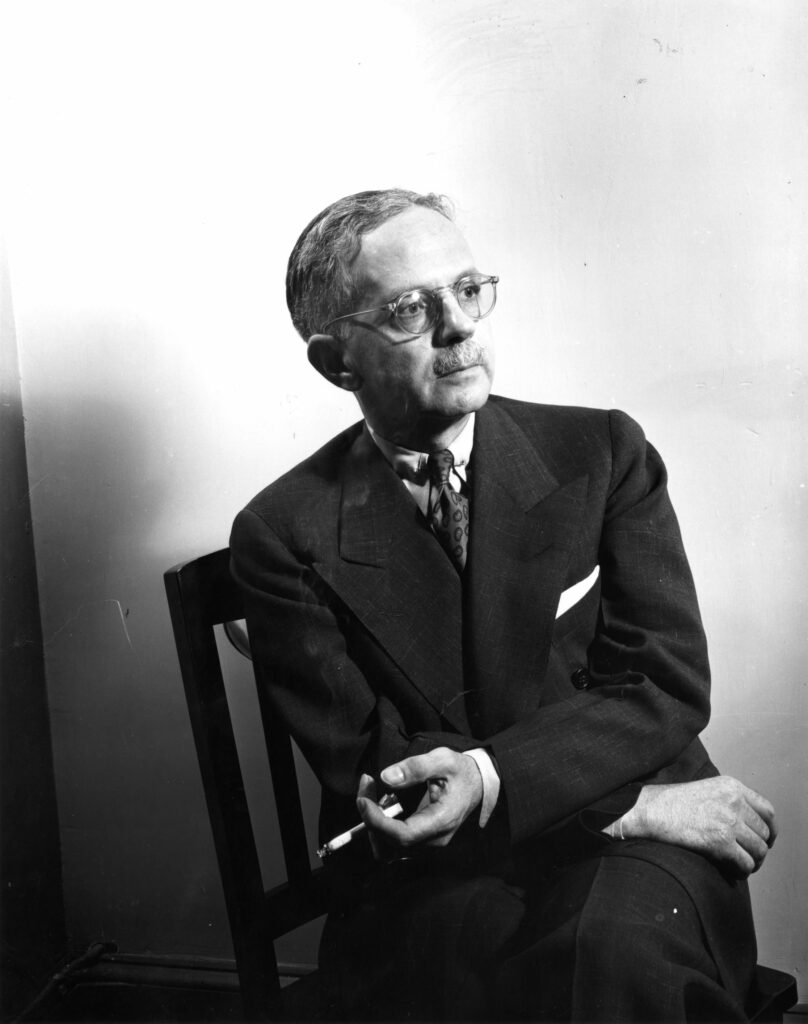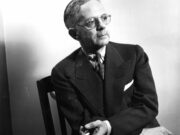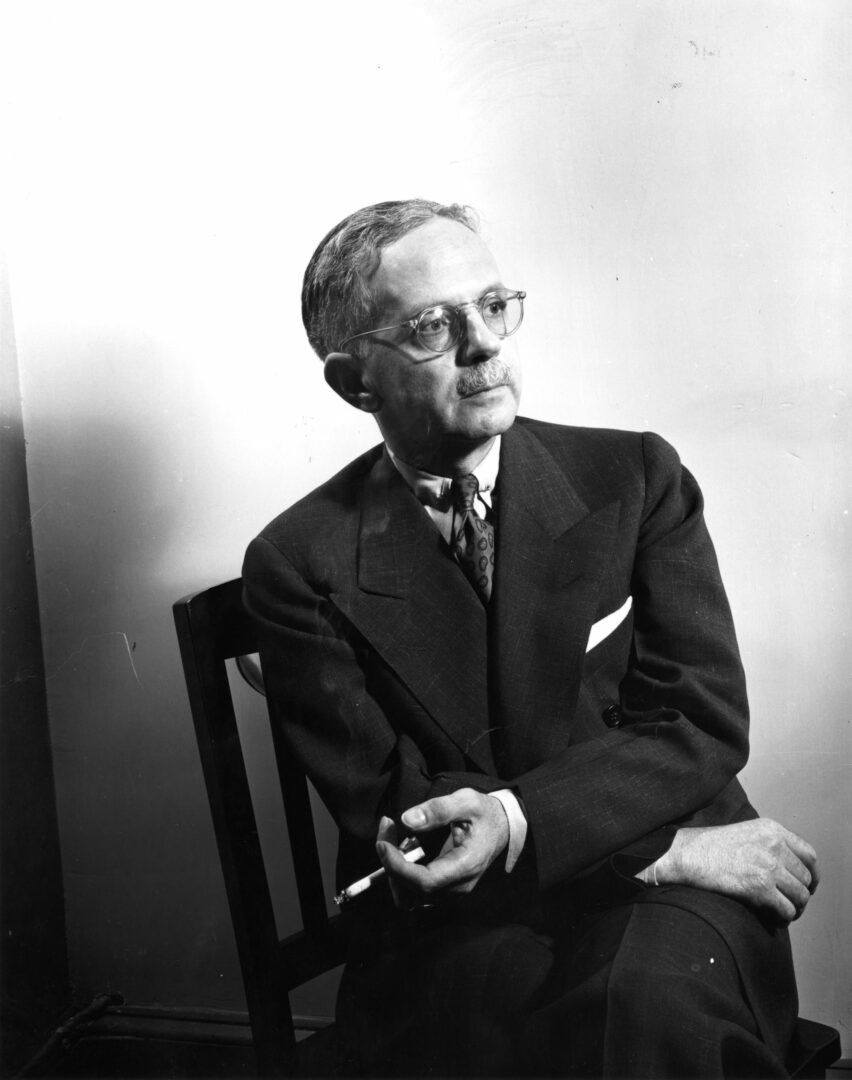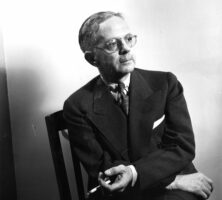A native of Atlanta, Walter White served as chief secretary of the National Association for the Advancement of Colored People (NAACP) from 1929 to 1955. During the twenty-five years preceding the Supreme Court’s 1954 Brown v. Board of Education decision, White was one of the most prominent African American figures and spokespeople in the country.
Upon his death in 1955, the New York Times eulogized him as “the nearest approach to a national leader of American Negroes since Booker T. Washington.”

Early Life
White was the fourth of seven children of Madeline Harrison and George White, a teacher and postal worker, respectively. His family belonged to Atlanta’s Black elite and attended the influential First Congregational Church. Although White was very light-skinned, he chose to identify himself as an African American. If he ever had any reservations about that choice, they were resolved during the Atlanta race massacre in 1906, when a white mob threatened to attack his family home. According to his autobiography A Man Called White (1948), the thirteen-year-old White determined that he could never be part of a race that carried within it such a ghastly hatred.
Upon his graduation from Atlanta University in 1916, White became an official with the Standard Life Insurance Company, one of the largest Black-owned businesses of its day. He also took part in civic affairs, helping to found the Atlanta branch of the NAACP that same year. With White as secretary, the branch quickly scored a victory for educational equality by preventing the school board from eliminating seventh grade in the Black public schools.
Investigations of Lynchings
In 1917 James Weldon Johnson, field secretary for the NAACP, visited Atlanta. He was impressed with White’s enthusiasm and political skills and persuaded the national board of directors to appoint him the assistant secretary. In January 1918 White moved to New York and joined the NAACP staff.
For the next ten years White’s primary responsibility was conducting undercover investigations of lynchings and race riots. Using his fair complexion to his advantage, White approached members of lynch mobs and other whites who had witnessed or were involved in racial violence. He tricked them into giving him candid accounts that the NAACP would then publicize. During these years White investigated forty-one lynchings and eight race riots, including the riots in Elaine, Arkansas, and Chicago, Illinois, during the Red Summer of 1919. On more than one occasion he narrowly escaped vigilantes who discovered his true identity. In the January 1929 issue of American Mercury, White published “I Investigate Lynchings,” an account of his investigative exploits. His book Rope and Faggot (1929) is still considered an authoritative analysis of the extent and causes of lynching.
White and the Harlem Renaissance
During the Harlem Renaissance of the 1920s and 1930s White published two novels. The critically acclaimed Fire in the Flint (1924) is based on White’s experiences investigating lynchings. It tells the story of Kenneth Harper, a Black physician in small-town Georgia during the years after World War I (1917-18), who is murdered by whites when he develops a race consciousness. Flight (1926) is a novel set during the Great Migration of Black southerners to the North. It follows the light-skinned African American Mimi Daquin, who hails from New Orleans and Atlanta, as she journeys to Harlem, seeks her fortune by disappearing into white society, and returns once again to her race to seek spiritual fulfillment. More ambitious than Fire in the Flint but also more uneven, it received mixed reviews.
White was central in other ways to the flowering of the Harlem Renaissance. He vigorously promoted the work of other artists, including the poets Countee Cullen and Langston Hughes, the novelist Claude McKay, the tenor Roland Hayes (a fellow Georgian), and the singer and actor Paul Robeson. White eagerly vetted manuscripts, introduced writers to publishers, and brought stage and concert performers to the attention of the public. These literary contributions were recognized in 2010, when White was posthumously inducted into the Georgia Writers Hall of Fame.
Organizer of the Civil Rights Agenda
When James Weldon Johnson retired from the NAACP in 1929, White was elevated to the position of secretary. In this capacity he energetically led the association in its pursuit of full legal equality for African Americans. In 1930 he designed the campaign that successfully blocked President Herbert Hoover’s nomination of John J. Parker to the U.S. Supreme Court. As a candidate for governor of North Carolina, Parker had gone on record as favoring the continued disenfranchisement of African Americans, and he was known to be hostile to organized labor. The campaign produced enough popular opposition to Parker to defeat his nomination in the Senate. In the 1930 and 1932 elections the NAACP followed up this victory by working to defeat northern senators who had cast votes for Parker. Targeting senators from states with a substantial Black minority, the NAACP’s efforts met with considerable success. The Parker campaign and its aftermath marked the emergence of the association as a potent force in national politics.
During the administrations of both Franklin Roosevelt and Harry S. Truman, White’s trademark style of working for political gain by rallying enlightened elites achieved stunning results. His close friendship with first lady Eleanor Roosevelt gave him direct access to the White House. He orchestrated massive support in Congress for an antilynching law, which was defeated only by a persistent Senate filibuster by southern Democrats. When the popular contralto Marian Anderson, who was Black, was refused the use of Constitution Hall, White secured the Lincoln Memorial and assembled a sponsoring committee studded with New Deal officials for her Easter 1939 concert. Two years later, White took a prominent part in A. Philip Randolph’s March on Washington Movement, which pressured President Roosevelt into issuing an executive order banning racial discrimination in defense industries. He obtained a promise from President Truman to appoint a commission on civil rights, which in 1947 produced the landmark report To Secure These Rights.
During White’s tenure as NAACP secretary, the association launched a series of legal suits designed to achieve equality between the races in education. This effort culminated in the Supreme Court’s 1954 Brown v. Board of Education decision, which declared unconstitutional the doctrine of “separate but equal.”
During World War II (1941-45), White traveled to the European and Pacific theaters of war to investigate charges of discrimination against Black soldiers and to promote the idea that an Allied victory should lead to the dismantling of European colonialism and to racial equality for African Americans. He pursued these goals in 1945 as one of three NAACP consultants to the U.S. delegation to the founding conference of the United Nations in San Francisco and again in 1948 as a consultant to the U.S. delegation to the United Nations General Assembly meeting in Paris, France.
White soon faced a struggle in the NAACP as a result of his personal life. In 1922 he had married Leah Gladys Powell, a clerical worker in the association’s headquarters; they had two children, Jane and Walter. That marriage ended in divorce in 1949, and the same year he married Poppy Cannon, a white woman born in South Africa. Within the NAACP this interracial marriage provoked protests and calls for White’s resignation. But White, ever the defender of integration, shrugged off the criticism, maintaining that one’s choice of a mate was a private matter. Eleanor Roosevelt, who had joined the association’s board of directors after her husband’s death, saved White’s position by threatening to resign should White be dismissed. Although declining health soon forced him to turn over many of his administrative duties to Roy Wilkins, he remained the NAACP’s executive secretary and most important public spokesperson until his death in 1955.
White’s importance lay in his organizational skills and leadership style. His ability to cultivate ties with people of influence both in and out of government and to popularize and publicize the association and its program were instrumental in placing civil rights on the national agenda.






